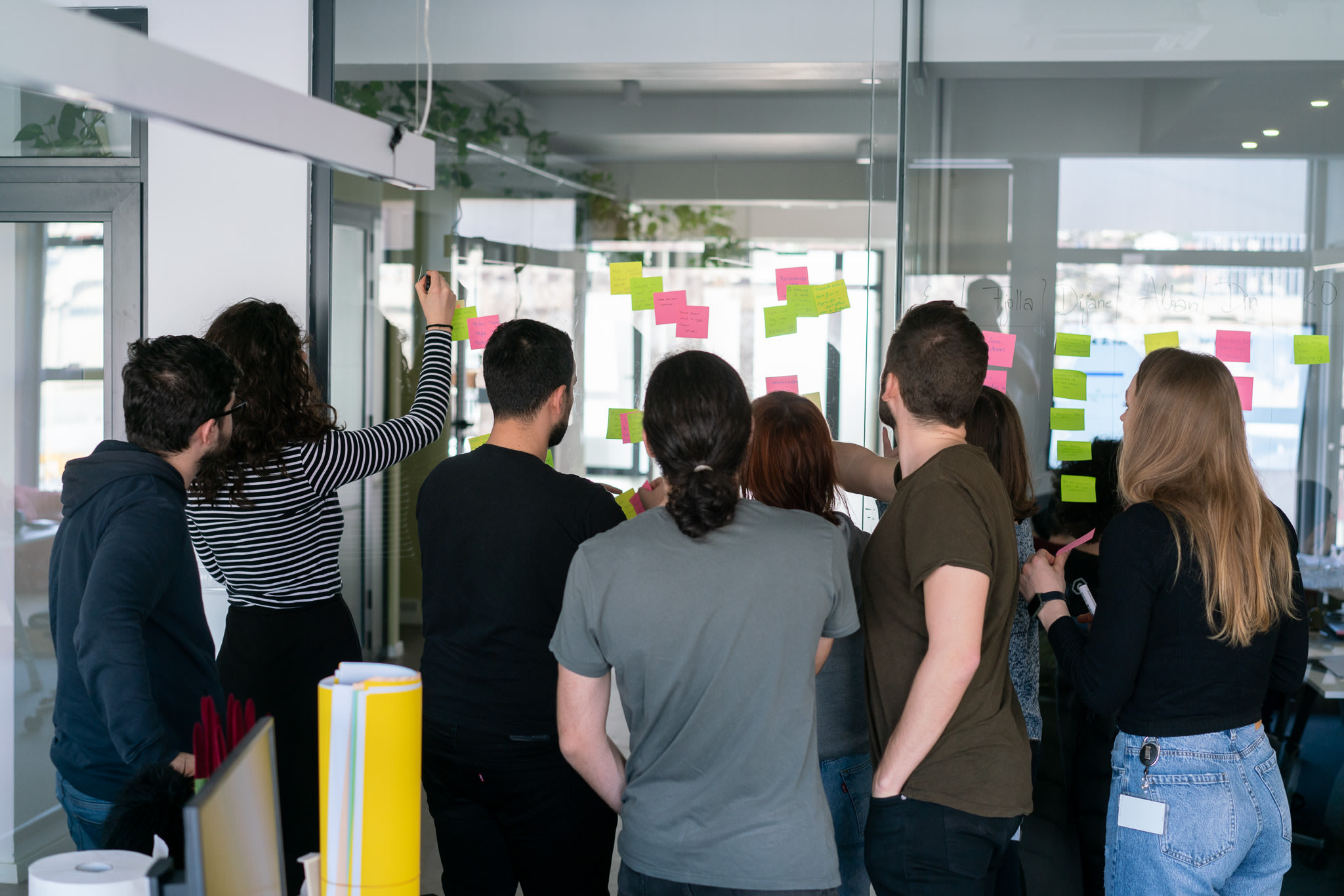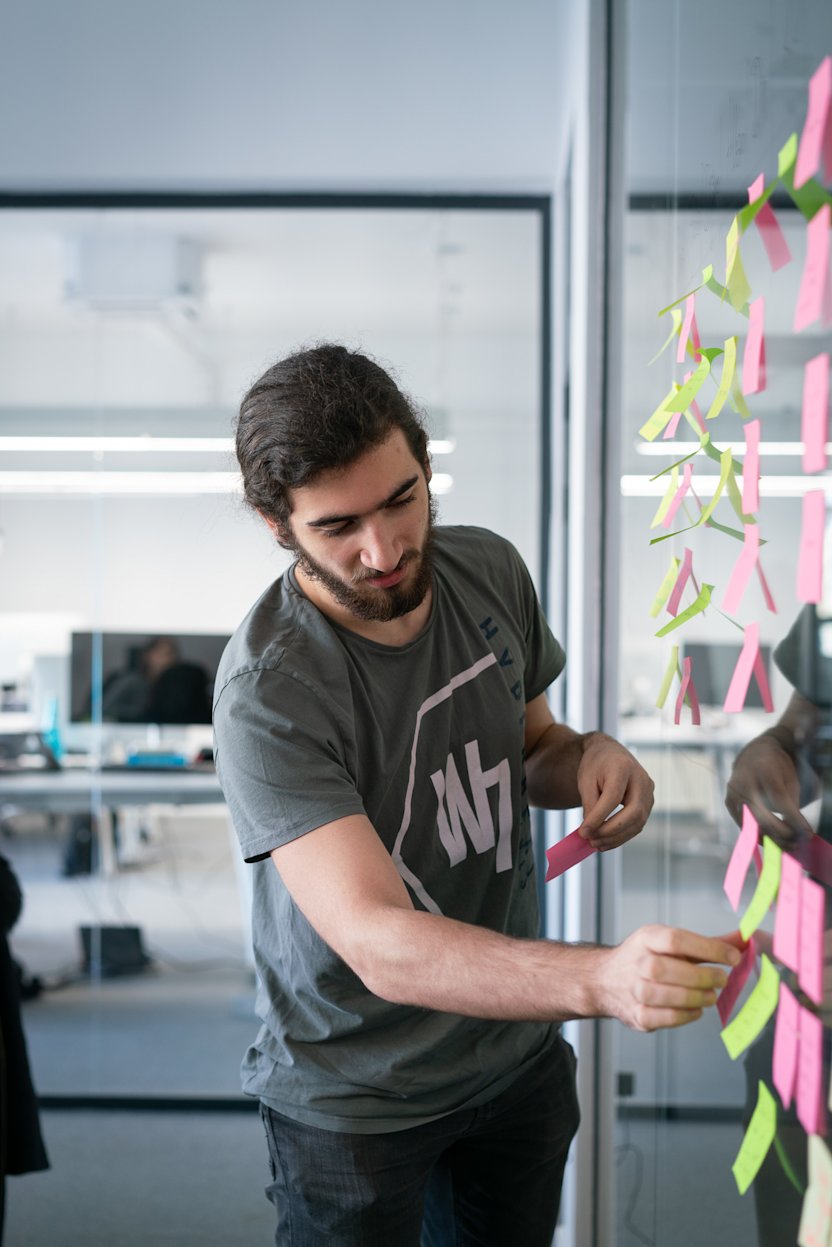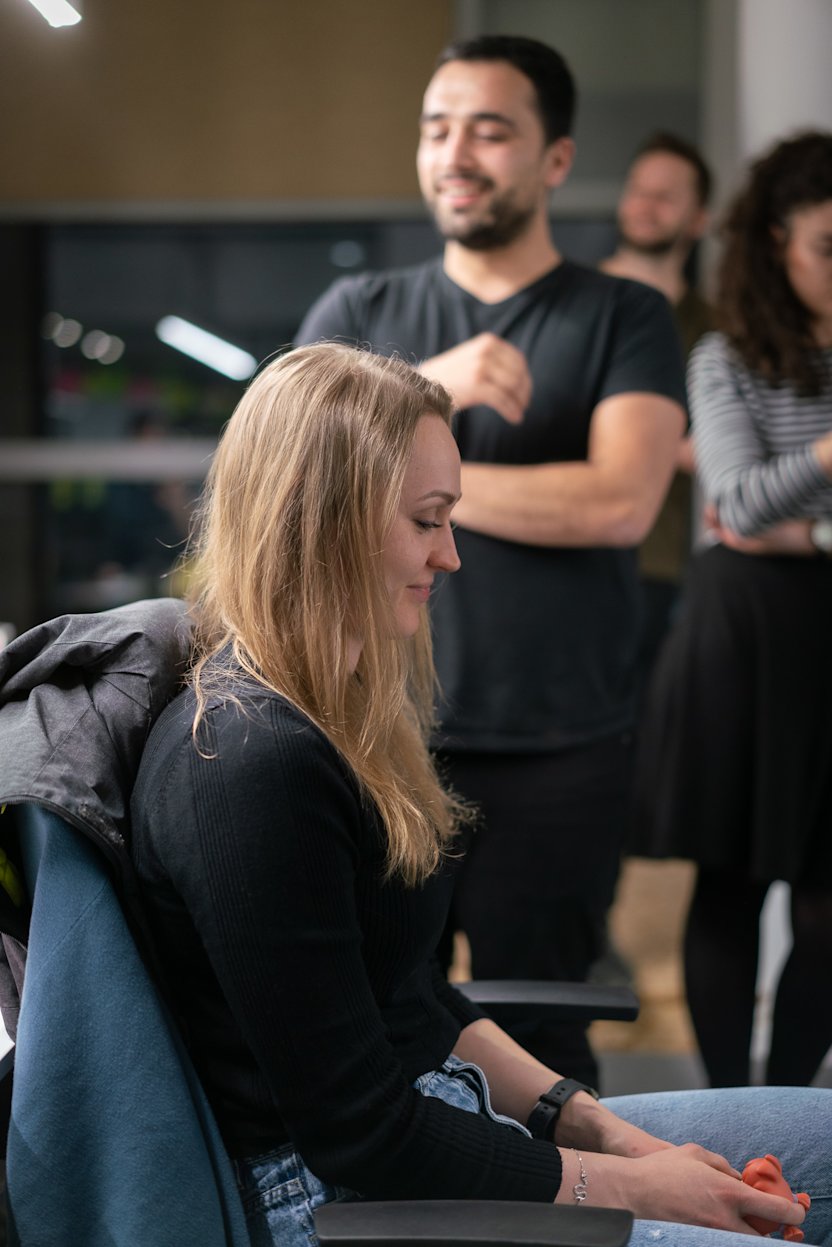
Techniques to Unite a Distributed Team - Part I
Being a leader in Process Mining means not only having a great product, but also great teams and culture behind the brand. With 10 offices across five countries and more than 800 employees, Celonis is embracing the distributed workforce trend. According to the UpWork Future Workforce Report, by 2028 more than 73% of all teams will have geographically distributed members. A distributed workforce stands for teams where not all team members are co-located in the same workspace. Higher flexibility for employees and a wider talent pool for businesses seem like a great deal, but it comes along with potential communication issues that co-located teams might not usually face.
A common risk that distributed teams might encounter is the lack of unity and transparency. Team members in different locations should feel like they are a part of something bigger. For them to function as a unit, values, goals, and vision must be shared.
In late 2019, Celonis announced Snap - a sneak-peek of the IBC- with the goal to make process mining accessible to everyone. To go with this product, a new distributed team was created, with members in Pristina, Kosovo and Munich, Germany. To enable the team and ensure work effectiveness, we planned a 2-day on-site workshop, split into three parts: Goals, Values, Action Plan. With the recent Covid-19 virus outbreak, we have managed to continue working effectively by following the workshop findings. Here are our team principles for Remote Product teams.
This article describes the first two parts of the workshop: Goals and Values.
Items needed
Post-it notes
Markers
Whiteboard
Voting dots
Cardboard
Approach
To stick within the allocated time frame and ensure that each member got to share their thoughts, we utilized silent brainstorming. The idea behind silent brainstorming is to first generate ideas individually (one idea per sticky note) within the set time, then share them in turn-taking bases. Post-it notes help to visualize ideas and allows for clustering afterward to discuss them further.
Part 1- Goals. What do we want to accomplish?
2020 Individual Goals Exercise
This was the first time we gathered together as a team so it seemed too rushed to start the workshop with direct team questions. To warm-up, we began with an individual exercise. The timer was set to 3 minutes for each to silently write down our individual 2020 goals. Then, we took turns to share them out loud.
TIP: To keep track of all the inputs and emphasize the importance of each member, write the names of each member side-by-side on a whiteboard. Allocate a column for each member to stick their Post-it notes to.

Team goals: What are the 3 things that you would like the team to accomplish by the end of 2020?
After sharing our individual goals within the lines of less food and more exercise, we could ease into more team-focused tasks. All team members wrote down their wishes for the team to accomplish by the end of 2020 (remember, one idea per Post-it note). We then shared and clustered the goals into bigger topics and themes.
TIP: Use dot voting to decide on the most important/prominent goals if more than 5 themes emerge. This exercise is more specific if the team has aligned on the roadmap prior to the task.
KPIs and Terms
We used the previous exercise outcome to direct our thinking towards KPIs. For each identified theme that got upvoted, we jointly discussed and defined important metrics. As a part of the exercise, we clarified all the terms that were being used, even if they seemed obvious at first. For instance, it became apparent that the term "team communication" was interpreted differently across the team and used in different contexts.
TIP: No question is silly, encourage your team members to speak up if they are not on board with a term or topic!
It might be hard to keep the discussion focused and not diverge from the topic. Have a workshop moderator to encourage turn-taking while speaking and do not be afraid to postpone discussions that are leading away from the topic; note the topic down on the board to be picked up after the workshop.
After clarifying the goals the team wanted to achieve, we did not jump into actions straight away. First, we had to understand how we work as individuals and as a team.
Part 2 - Values. How do we work?
Individual Values
Team values are formed from our individual values. Following the same approach as previously, we started off by noting and sharing our individual values.
TIP: For this exercise, we used a list of workplace values printed for each member. Feel free to adjust the list to fit your company values if needed.
To facilitate critical thinking, start off by picking 10 values, then scale it down to 5 and, finally, organize them by importance.
Team-environment values
We used the same list to select 5 values that we want to see and encourage in our team. While sharing the values, we explained to them with examples. More often than not, different values were chosen but explained through similar examples. We noted down recurring values on a separate board.
TIP: Remember to give an example for each value. We used guiding questions like: "What would make you feel like the 'value' is not shared?" or "When did you feel like the team was embracing 'value'?"
Do not push for a specific amount of team values and unified labels. This exercise is not about naming the correct values but about noting down emerging patterns that are repeating within the team. It will help you to form your manifesto later.
Appreciation shower
After a long and productive day, what can be better than showering your team members with some appreciation? In turns, each of us sat down with our backs towards the team, pretending to shower. Then, one-by-one we each went to the person in the "shower" and told them what we appreciate about them.

TIP: It might feel awkward at first to share so much love with your colleagues, but it is worth it! Try not to laugh and do not ask any questions while taking a shower or being showered. Be sure that each member says something nice about everyone in the team, even if it is not work-related.
Riding on the positive spirit after the last exercise, we rounded-up our productive day with some social gathering time and board-games. We were looking forward to moving to the third, and final part of our team building workshop the following day - the Action Plan.
Stay tuned for Part II, where we will discuss about the Action Plan we implemented to achieve our goals while staying true to our values.



